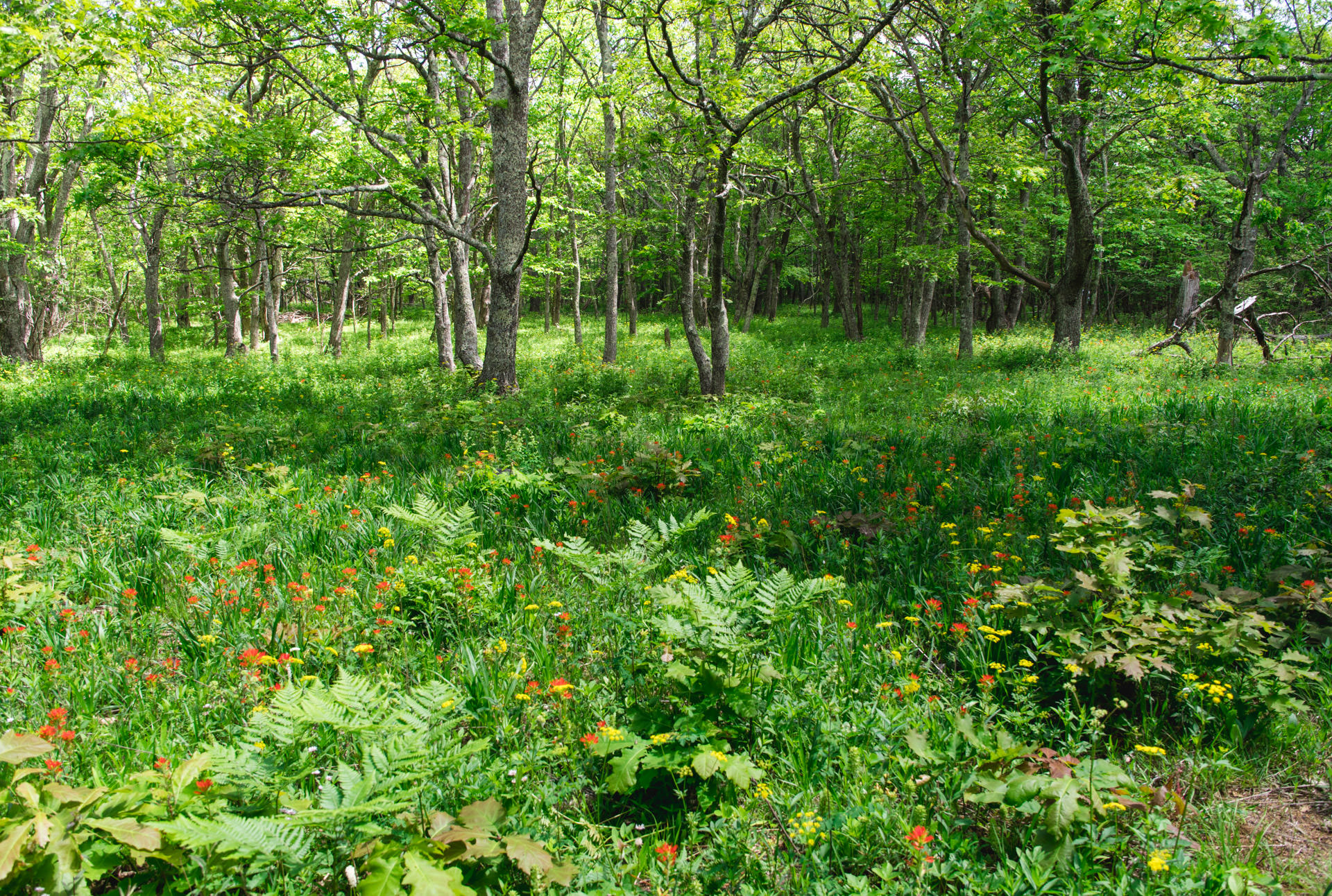Camera trap pictures are fun to look through. Our traps have caughts shots of deer, bobcat, squirrel, coyote, rabbits, bear, and more roaming through our North Carolina preserves.
But there's more than just entertainment value in the pictures. Director of Science Liz Kalies hopes to answer some serious questions with the pictures gathered by our camera traps.
At Bluff Mountain Preserve, we're determining if controlled burning is creating space for more grasses, herbs, and other shrubs loved by small mammals and birds. The cameras have captured footage of a ruffed grouse and an Appalachian cottontail rabbit. Both are rare species for this region because the mature trees that make up most Appalachian forests don't offer them much to eat. Their presence in a burned area is a good indication that controlled burning is having its desired effect.
Another Bluff Mountain camera trap study is looking at the effect of hunting on deer. We'll use data collected from Bluff Mountain, where there is no hunting, with data from nearby game lands. On Big Yellow Mountain, we're using camera traps and fences to determine the effects of grazing on the mountain bald. In the Sandhills, we're looking at the impact of controlled burning in longleaf pine forests.
Some animals captured on camera are more memorable than others. "The Bluff Mountain bears are fun, when they aren't trying to eat our cameras," Kalies says. "Then there are the bobwhite quail at our Calloway Preserve, and we see lots of flying squirrels in the mountains." Her favorite video (below) is of a blue jay caching a seed—storing it in a safe place for later, leaner times. "He looks so please with himself for being sneaky. He has no idea that he's caught on camera," says Kalies with a laugh.
Camera traps give us an invaluable window into day-to-day behavior.
VOLUNTEER
We upload our camera trap data to eMammal, a database run by citizen scientists around the world. eMammal can use more North Carolina citizen scientists, especially in rural places. You don't need to own a camera trap. Loaners are available through the North Carolina Museum of Natural Sciences and local libraries. Get involved with eMammal.

